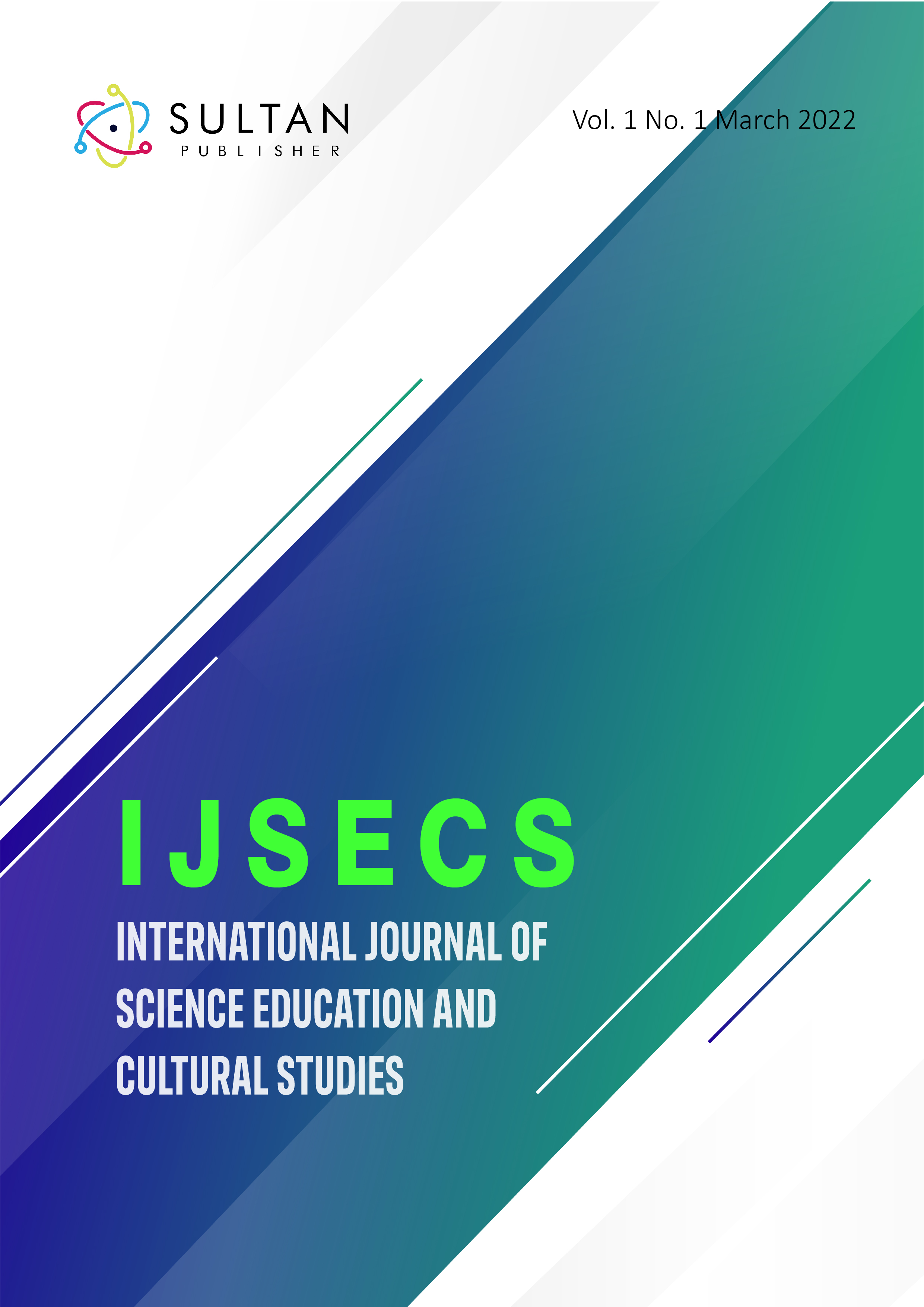An Analysis of Online Transportation Applications Between Gojek and Grab for Students
Keywords:
Online Transportation of Mobile Applications, User Experience Questionnaires, Millennials and Generation ZAbstract
The use of technology is overgrowing. In today's era, every field in everyday life utilizes technology. One of them is in the transportation industry. Currently, online delivery is viral, especially among students and students who are easy to remember as Millennials and Generation Z. Smartphones are used not only for communication but also for buying fast food and drinks online using online delivery services. Online like Gojek. This research examines the user experience of online transportation applications. Students from various regions in Indramayu and Computer Engineering students at Universitas Wiralodra participated in this study as respondents. Experience using online transportation application services via smartphones has been collected in an online questionnaire using a Google form and distributed on social media such as Instagram, Twitter, Facebook, WhatsApp and Telegram. This study uses a user experience questionnaire (UEQ). This study aims to determine user experience in using online transportation application services. This study provides results indicating that all UEQ categories obtain positive scores. The highest score is in the "Intelligence" category, while the "New" type gets the lowest score. Online transportation shows that Gojek has a "good" rating scale. Overall the Gojek application is excellent in providing an experience for those who use it.
Downloads

Published
How to Cite
Issue
Section
Copyright (c) 2022 Marwiyah Marwiyah, Pipit Puji Arti, Taufik Hidayat

This work is licensed under a Creative Commons Attribution-ShareAlike 4.0 International License.




